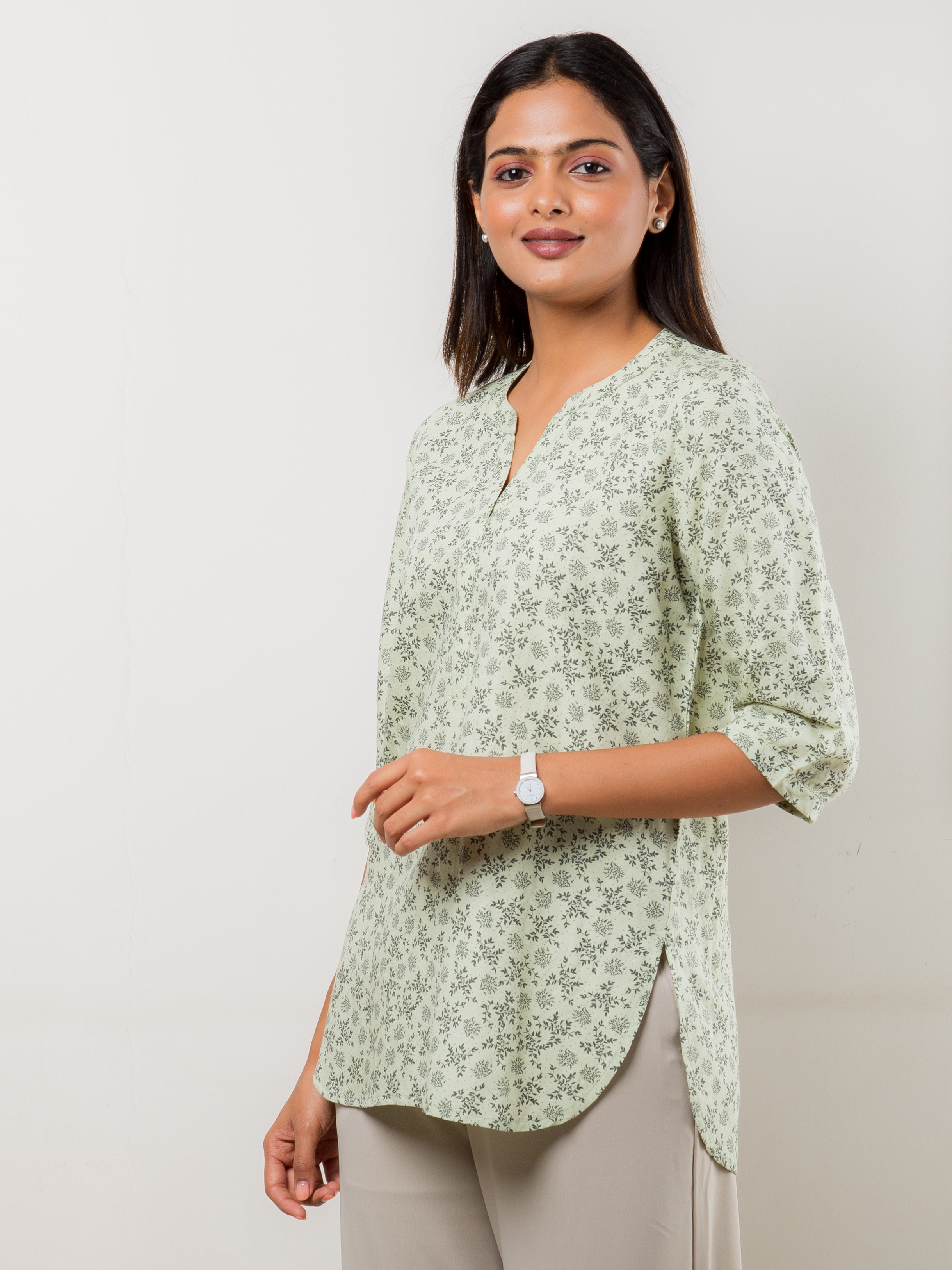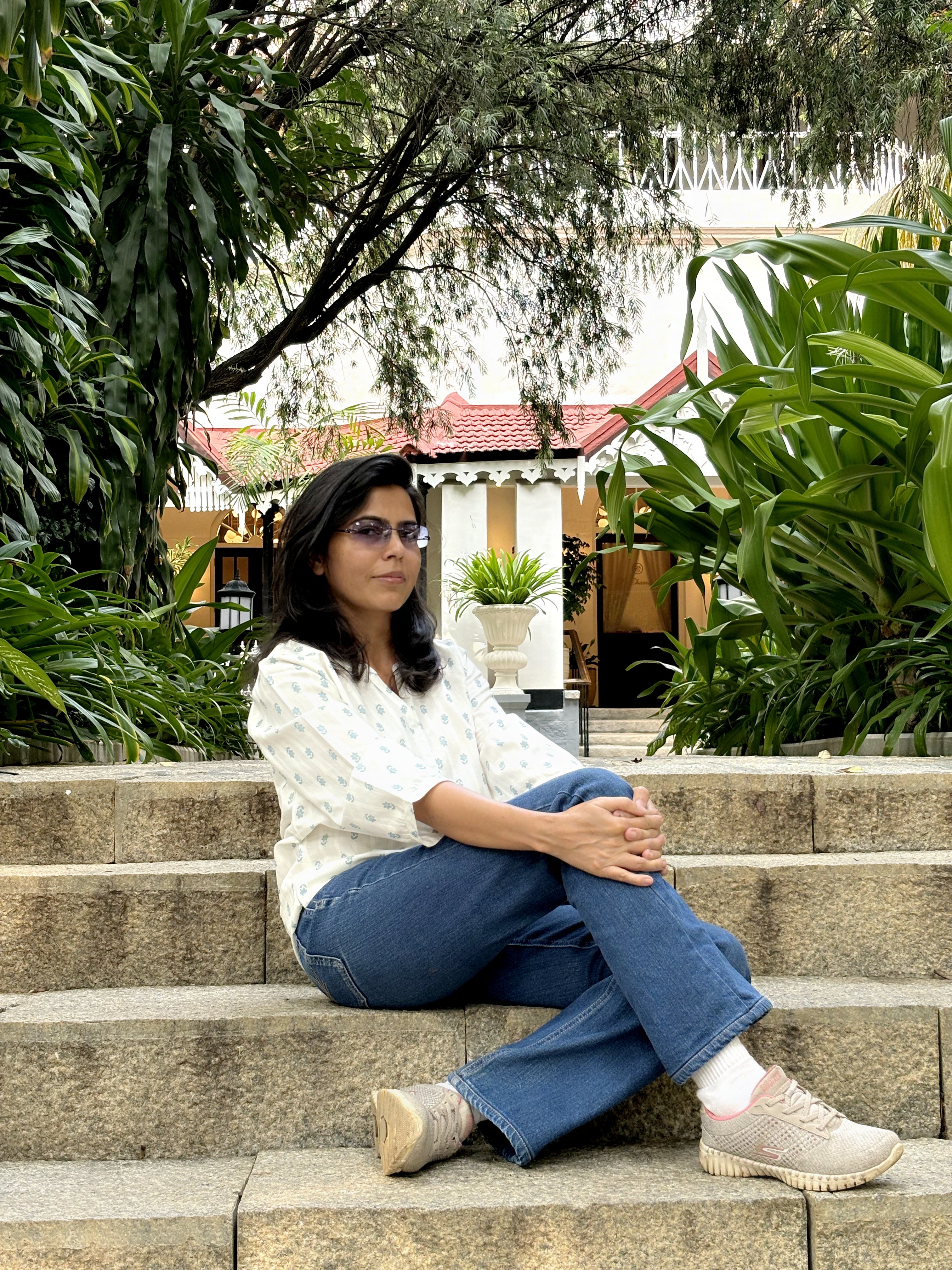
The Untold Story of Colors in Indian Fashion
When it comes to fashion, colors do more than just catch the eye—they tell stories, symbolize traditions, and even reflect social standing. In India, the relationship between colors and fashion is as old as the subcontinent itself, deeply rooted in history, culture, and spirituality. Let’s take a vibrant walk down memory lane to explore the unexpected history of colors in Indian fashion.
The Origins: Natural Dye Extravaganza
Before synthetic dyes took over the world, Indian textiles were revered for their stunning, vibrant hues derived from natural sources. Indigo, for instance, was one of India’s most famous exports. This deep, mesmerizing blue was derived from the Indigofera plant and became a global sensation in ancient trade routes.
Saffron, a warm and earthy orange hue, was extracted from the rare saffron crocus flower. It symbolized piety and asceticism and found its way into both religious and royal attire. Similarly, the deep crimson of madder root, used to create reds, was a favorite among royalty. Each color wasn’t just a hue but a status symbol and a marker of identity.
The Color Code of Indian Culture
In India, colors are far from random; they are deeply symbolic. White, for example, has long been associated with purity and mourning. It was traditionally worn during solemn occasions, but it also found its way into celebratory garments like Kerala’s kasavu saree, a white-and-gold masterpiece that exudes elegance.
Yellow symbolizes happiness and prosperity. Brides-to-be are often adorned in yellow turmeric during pre-wedding ceremonies as a symbol of auspicious beginnings. Green, linked to fertility and nature, is a common choice in wedding trousseaus, while red, representing passion and strength, has been the quintessential color for bridal wear for centuries.
Colonial Influence: Muted Tones and Modern Palettes
The British colonial era ushered in a shift in India’s color palette. While the vibrant hues of traditional Indian attire remained, muted and pastel tones gained popularity under Western influence. White shirts, beige trousers, and pastel-colored dresses began to find favor among the urban elite, blending Indian sensibilities with Victorian aesthetics.
Post-independence, the resurgence of vibrant, traditional colors became a statement of cultural pride. Designers like Sabyasachi Mukherjee have since blended earthy tones with striking colors, celebrating India’s textile legacy on global runways.
Why Cinnamon Closet Loves Colors
At Cinnamon Closet, we carry the legacy of India’s love for colors in our modern designs. From timeless neutral-toned tunics to vibrant co-ord sets, we ensure that every piece resonates with India’s rich history of color symbolism. Whether it’s a casual day out or a festive celebration, our clothes honor this legacy while offering a contemporary twist.
So next time you slip into something colorful, remember—you’re not just wearing a shade; you’re donning centuries of history!




Leave a comment
This site is protected by hCaptcha and the hCaptcha Privacy Policy and Terms of Service apply.